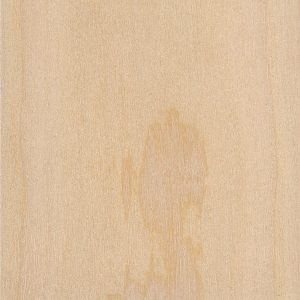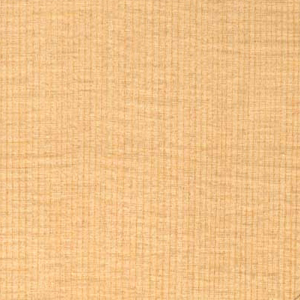Douglas Fir is dimensionally stable and universally recognized for its superior strength-to-weight ratio. Its high specific gravity provides excellent nail and plate-holding ability. The species also enjoys a documented superior performance against strong forces resulting from natural phenomena such as winds, storms and earthquakes. It is truly the ideal structural and general purpose wood for framing lumber in residential, light commercial, multistory and industrial construction.
Description
Douglas Fir (Pseudotsuga menziesii) is not a true fir at all, nor a pine or spruce. It is a distinct species named after Archibald Menzies, a Scottish physician and naturalist who first discovered the tree on Vancouver Island in 1791, and David Douglas, the Scottish botanist who later identified the tree in the Pacific Northwest in 1826. When architects and engineers look for the best in structural lumber, their first choice repeatedly is Douglas Fir. It is dimensionally stable and universally recognized for its superior strength-to-weight ratio. Its high specific gravity provides excellent nail and plate-holding ability. The species also enjoys a documented superior performance against strong forces resulting from natural phenomena such as winds, storms and earthquakes. It is truly the ideal structural and general purpose wood for framing lumber in residential, light commercial, multistory and industrial construction. The Douglas Fir/Western Larch species combination has the highest modulus of elasticity (E or MOE) of the North American softwood species. This is the ratio of the amount a piece of lumber will deflect in proportion to an applied load; it is a reflection of the species’ high degree of stiffness, an important consideration in the design of floors and other systems. In strength properties, Douglas Fir/Western Larch has the highest ratings of any Western softwood for extreme fiber stress in bending (Fb); for tension parallel-to-grain (Ft); for horizontal sheer (Fv); for compression perpendicular-to-grain (Fc); and for compression parallel-to-grain (Fc//). These physical working properties, as well as to the moderate durability of its heartwood and its excellent dimensional stability, provide the reasons many builders use Douglas Fir as the standard against which all other framing lumber is judged. It is also tight knotted and close-grained, adding the bonus of beauty to its structural capabilities. Read More About Douglas Fir at WWPAAdditional information
| Boards | AVAILABLE SIZES: 1×4 – 1×6 – 1×8 – 1×10 – 1×12 |
|---|---|
| Board Lengths | R/L 6' – 16' |
| Dimensional Lumber | AVAILABLE SIZES: 2×3 – 2×4 – 2×6 – 2×8 – 2×10 – 2×12 |
| Dimensional Lumber Lengths | R/L 8' – 20' |





